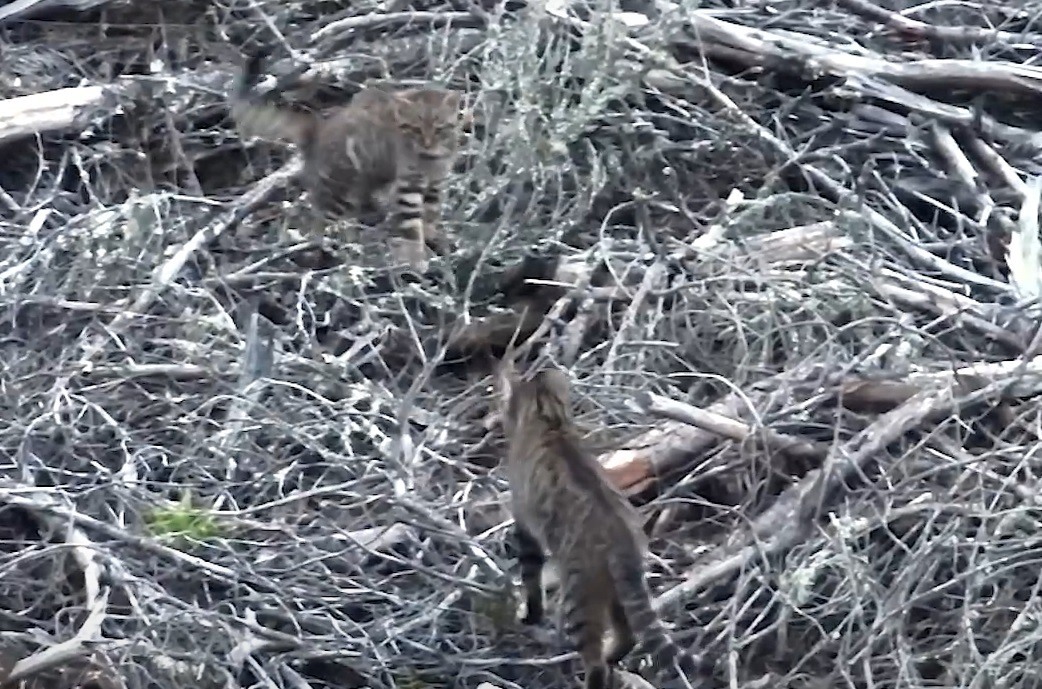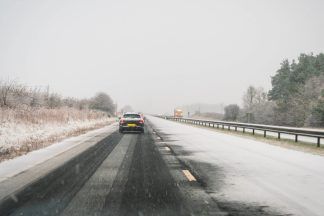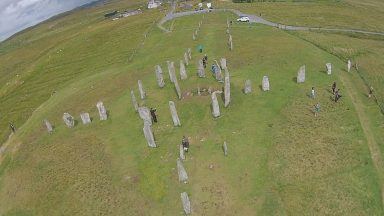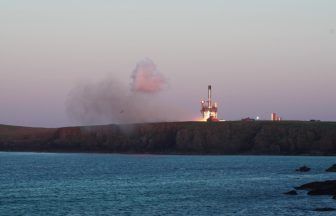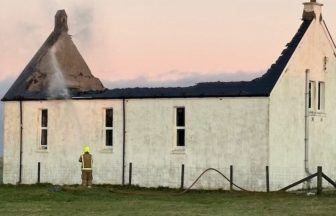Unique footage of critically endangered Scottish wildcats has been captured thanks to thermal imaging technology helping local conservation efforts.
The video, captured by BH Wildlife Consultancy, is thought to be the first thermal drone image of its kind in Scotland.
It shows an adult female teaching her kitten how to hunt voles in the Angus Glens, and a single wildcat roaming among windblown trees in Glen Doll.
While Forestry and Land Scotland (FLS) typically use it for monitoring the deer population, getting footage of the hunting cat illustrates the potential of thermal imaging techniques in helping conservation efforts of the critically endangered species.
“We have been working with BH Wildlife Consultancy for about three years on deer surveys, and the results have been phenomenally successful in helping us refine our deer management work,” said FLS environment forester Gareth Ventress.
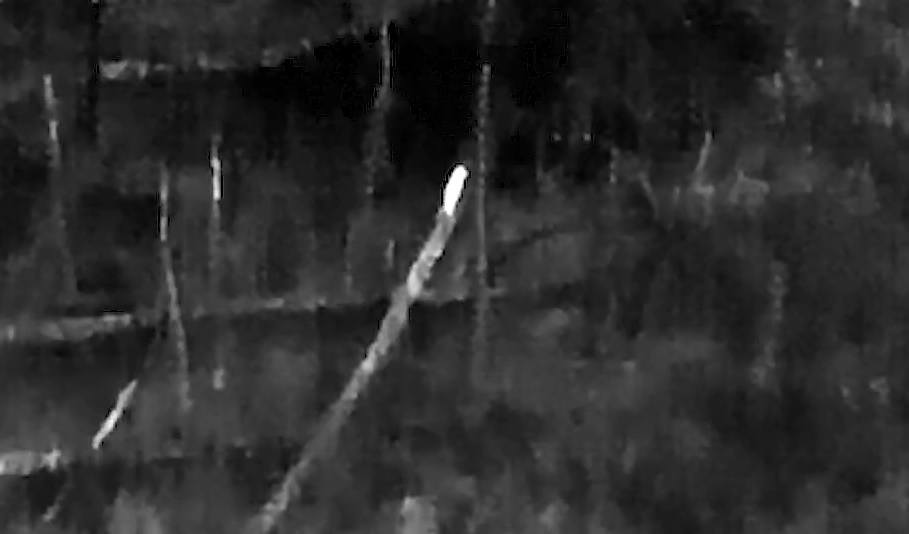 Forestry and Land Scotland
Forestry and Land Scotland“It’s also been useful in helping us build our understanding of feral goats and feral wild boar populations.
“Following this success, we started looking at other applications for the technology, thinking that it might have potential in searching for protected species in complex habitats.”
The cutting-edge tech makes use of a drone-mounted thermal camera to more easily find well-camouflaged animals in the wild, provided they give off a heat signature.
Once located, the camera can switch to the daylight camera and use a powerful optical zoom to get a close, high-quality image of the subject.
“We might have a rough idea of a general area to search, and it can take many hours and several attempts before capturing anything,” explained Ben Harrower from BH Wildlife Consultancy.
“Capturing images of any animal the size of a cat in the wild would be next to impossible without the benefit of the thermal camera, but once you have a target in frame, it’s easy enough to then track and film them.”
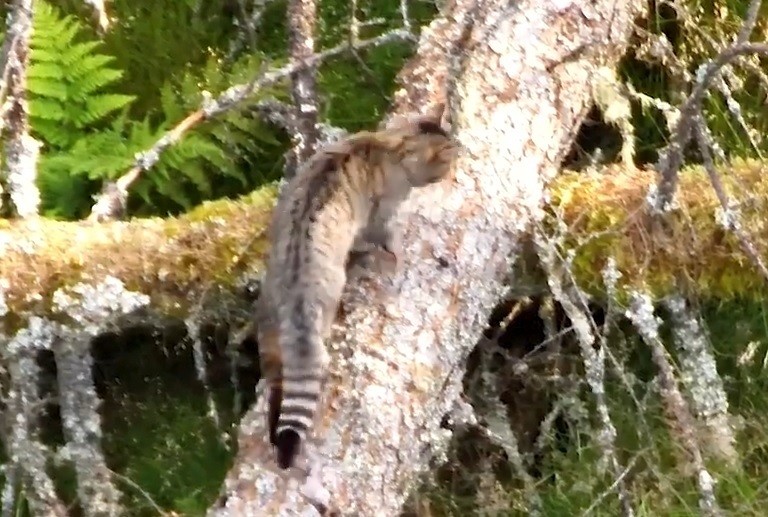 Forestry and Land Scotland
Forestry and Land ScotlandForests managed to produce timber offer a mosaic of habitats that are ideal for wildcats.
Clear felled and replanted areas are usually grassy and can support high densities of voles and mice, which makes them ideal hunting areas for wildcats.
“It was something special to watch as the adult female showed the kitten how to hunt voles, with the most important part of the lesson being that she only managed to catch one vole out of four attempts,” Mr Harrower added.
“And the kitten even showed off what it had learnt by pouncing on its own.”
The wildcat is critically endangered and on the verge of extinction in Scotland.
FLS is one of many partner agencies in the Saving Wildcats conservation project that is working towards restoring wildcats to Cairngorms National Park to boost the Scottish population.
Follow STV News on WhatsApp
Scan the QR code on your mobile device for all the latest news from around the country


